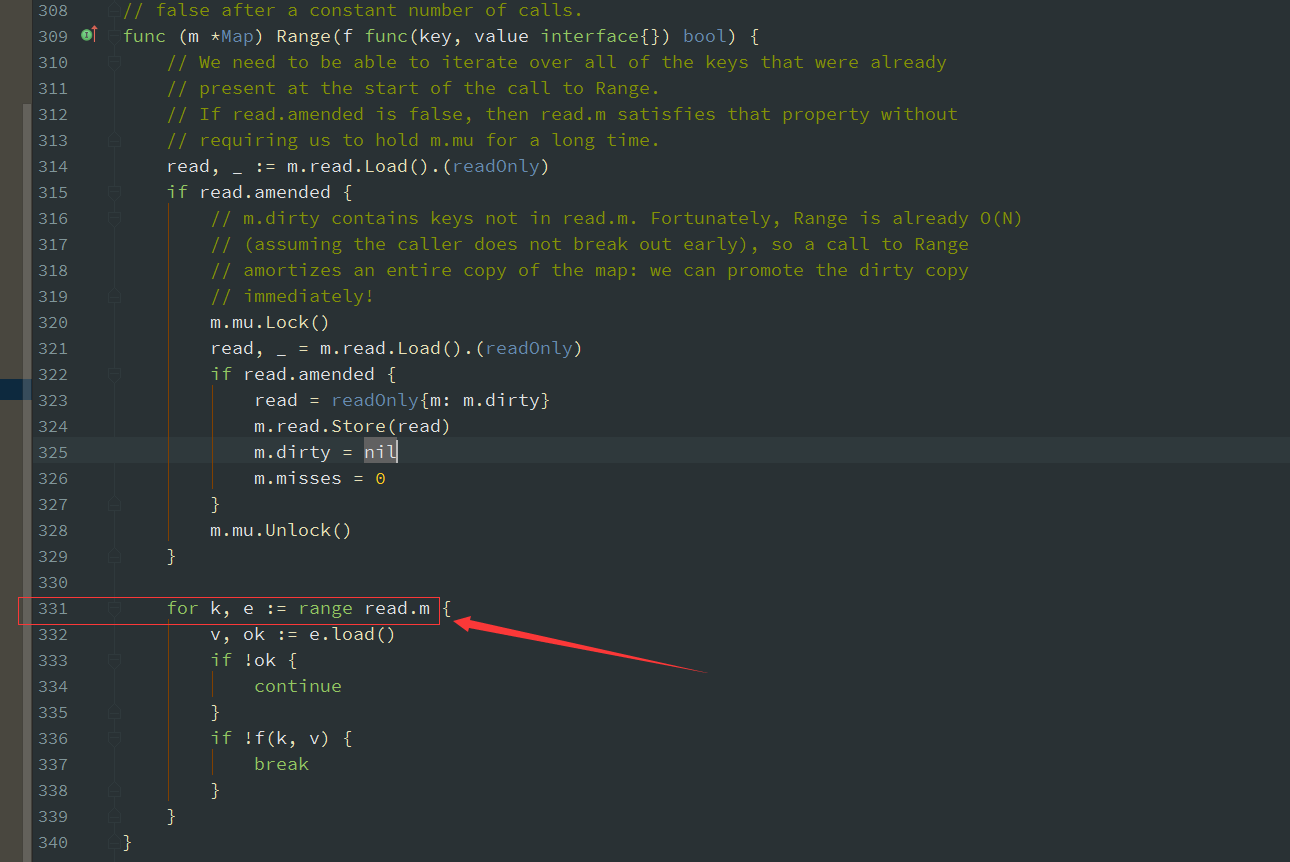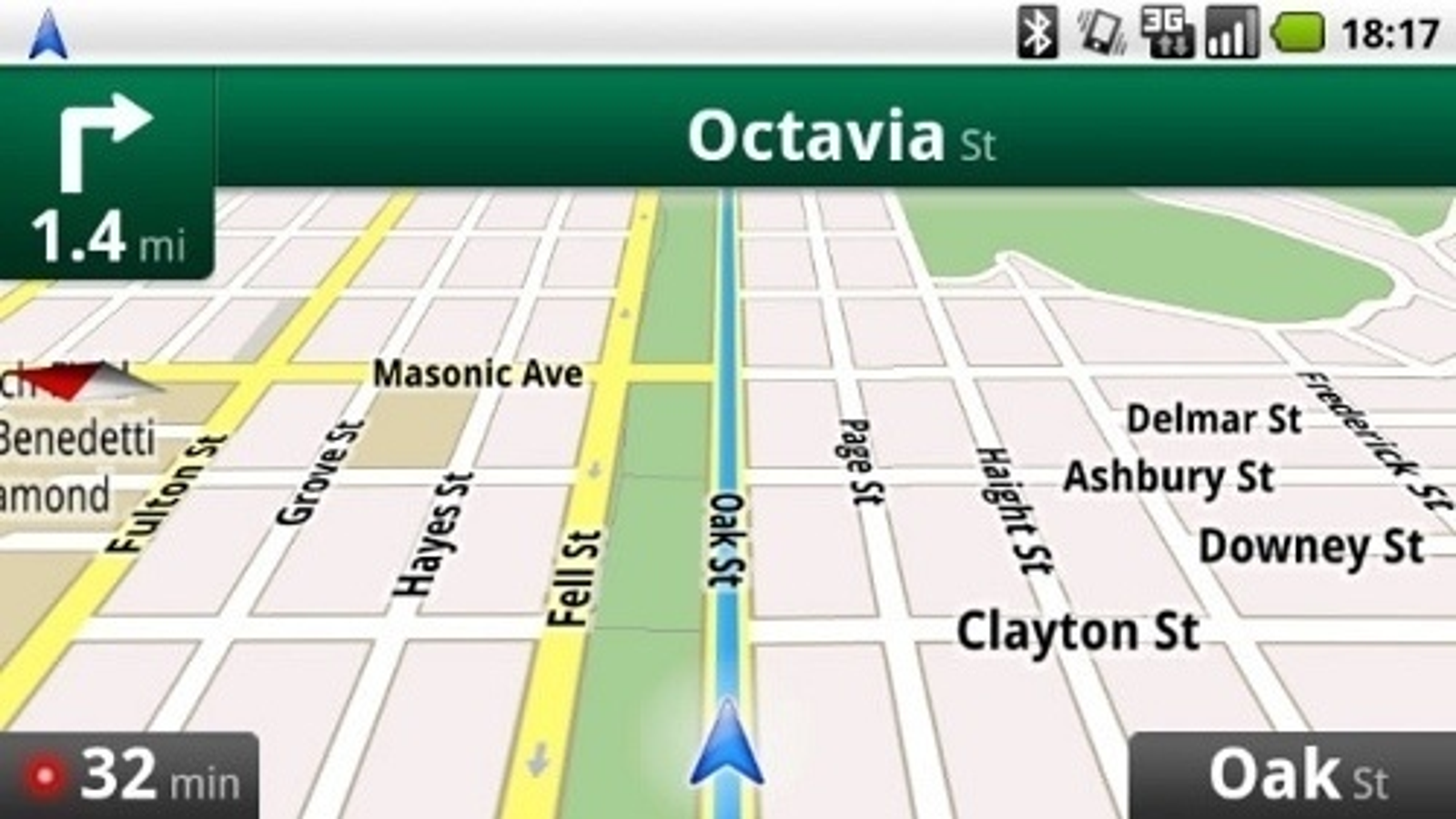


How can we make sure it will continue to work? - I'm running a daily CI test on TravisCI. Instead, it reads the sync/map.go from your GOROOT, parses it into an *ast.File, and runs a few mutators that bring it to the desired state.
GOSYNC MAP CODE
Syncmap didn't copy the code of sync/map.go and replace its identifiers. Hopefully this post has spurned you into thinking about WHEN you need to iterate through a map, and when you don’t need to.//go:generate go run /a8m/syncmap -name WriterMap mapio.Writer //go:generate go run /a8m/syncmap -name Requests map*http.Request This provides synchronized access to our map container, so that it can be used safely in a multi-threaded scenario. Another accepted practice is to use go’s sync.Map container. To deal with this problem, an approach would be to enforce concurrency constraints through mutual exclusion ( mutex locks, for example).


This type of situation – where multiple threads (goroutines) can access the same memory location for reading and writing, is called a data race condition, and can be extremely difficult to detect in production even if your development tests run fine. For instance, Goroutines 0 and 2 behave differently, as Goroutine 0 has written to the map before Goroutine 2 could read from it! If you observe, since multiple goroutines are reading and writing potentially at the same time, this will give unexpected outputs.


 0 kommentar(er)
0 kommentar(er)
